October is the best time to divide overgrown perennials in your garden.
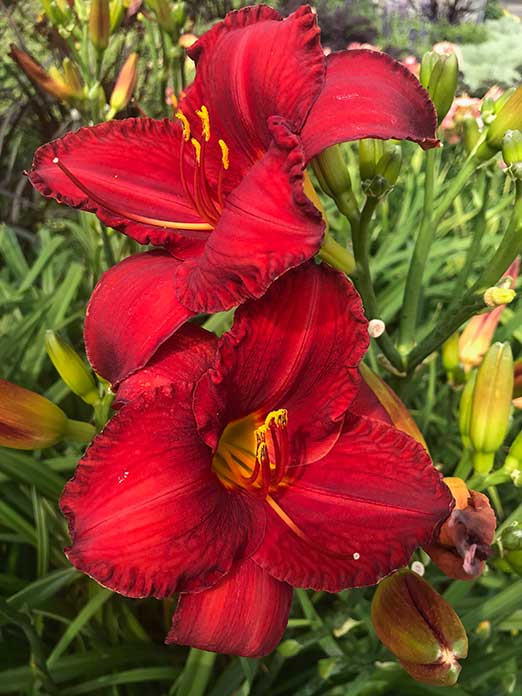
Before you prepare your garden for its winter sleep, it’s a good time to assess if a little horticultural housekeeping is in order. A quick scan of your perennial borders will tell you if your plants need some breathing space.
If some of your perennials are muscling into space that rightfully belongs to their neighbours, it’s a good idea to relieve congestion by dividing them. Divisions can be made with garden forks, spades and edgers.
Stewart Leibovitch, a West Island horticulturist and garden consultant, advises gardeners to divide their perennials in mid-October, before the ground freezes. “As the climate has heated up, it has pushed back the timing on this,” he says. “Ideally, it’s best to divide plants six weeks before the ground freezes to give them enough time to establish roots. Exceptions to this rule are iris and peony, which prefer to be divided in late summer.”
Not all perennials need to be divided. However, Mr. Leibovitch cites a rule of thumb: “Any plant that grows from the centre outward is dividable,” he says. “Hostas, for instance, have to be cut. Hemerocallis can almost be tweezed apart because they become separate plantlets. Perennials that are difficult to impossible to divide are those with a woody tap root such as Russian sage, lavender and poppies.”
The good news, he says, is that dividing a plant “actually invigorates it. Cutting into a hosta, for instance, creates new surface areas in the circumference, and dividing it enables the roots to feed the plant more efficiently. New tissues will grow and the plant is more efficient at nutrient-uptake.”
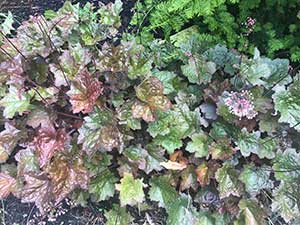
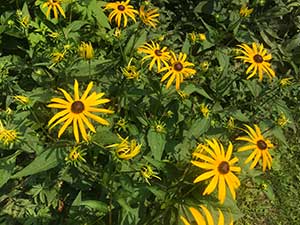
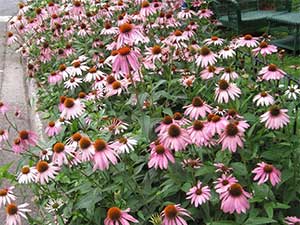
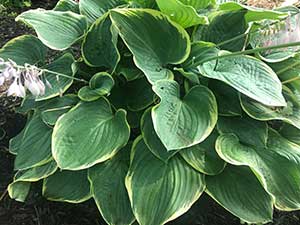
Other plants that appreciate being divided or thinned out include phlox, heliopsis and helianthus, rudbeckia, heuchera (“they can be torn apart”), Joe-Pye weed, echinacea and coreopsis, among others. “Doing this in the fall will ensure that the plants will look so good in the spring,” Mr. Leibovitch says.
Dividing plants also gives community-minded gardeners an opportunity to share their horticultural bounty with other gardeners. But a word of warning, Mr. Leibovitch adds: “Be wary of the divided plants you accept from others. You may be getting invasive species.”








